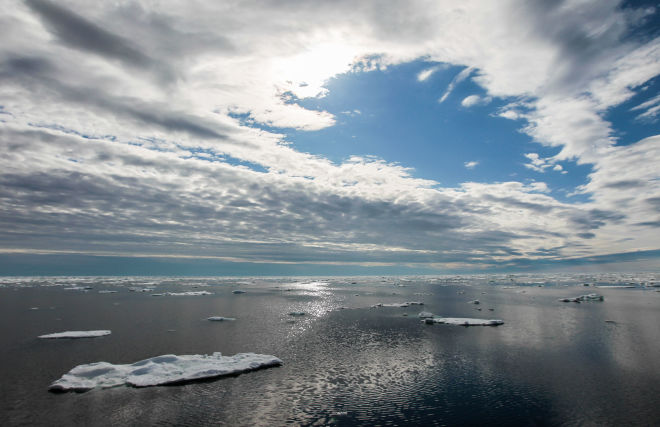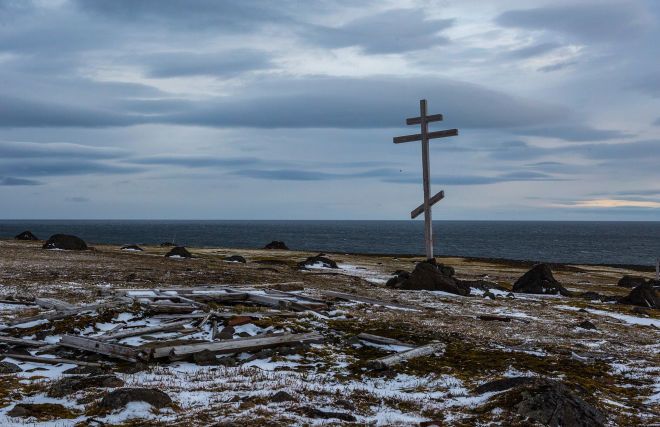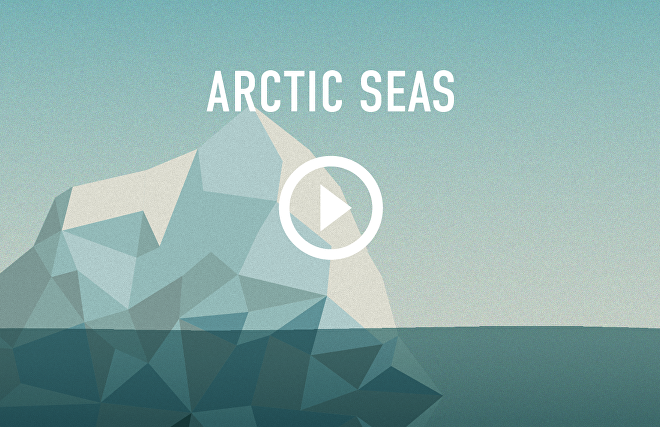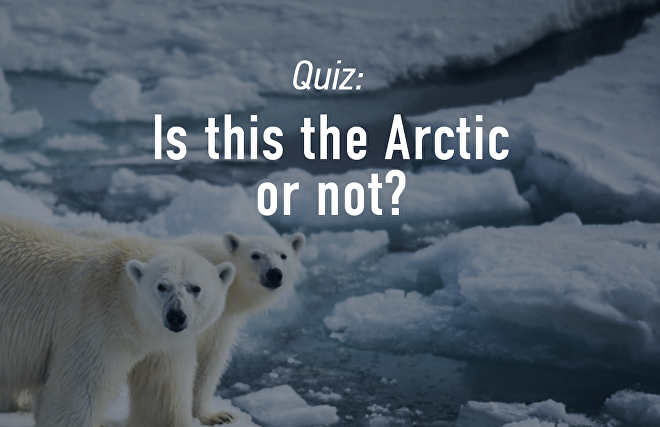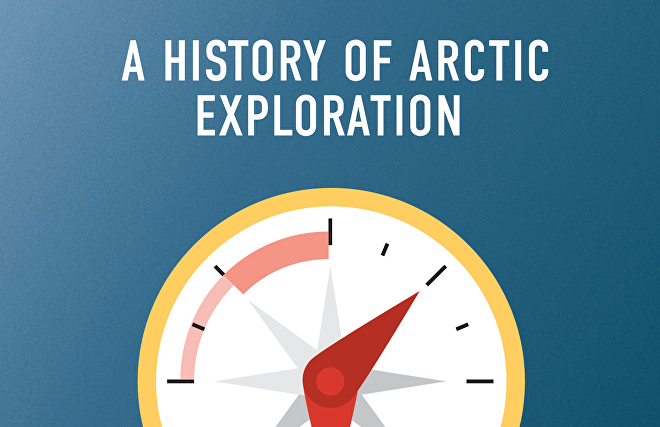The Arctic covers an enormous region of around 30 million square kilometers. The indigenous population of the Arctic consists of over 30 peoples who speak dozens of languages.
While it is considered a distinct region, the Arctic can be defined in a number of different ways. One way is to mark the border by 66° 33' North latitude (the Arctic Circle), which is also the boundary of the "land of the midnight sun." Above this latitude the sun remains above the horizon all day for a period during summer and stays below the horizon all day for a period during winter. These phenomena are called "polar day" and "polar night".
In terms of climate, the Arctic is regarded as the region where the average temperature for July remains below 10°C. This isotherm approximately traces the ‘tree line'-beyond which conditions are generally too severe for trees to thrive.
The geographic and climatic boundaries for the Arctic differ somewhat. For example, although Iceland lies south of the Arctic Circle, it falls largely below the 10°C isotherm.
The Arctic's total land area-approximately 14 million square kilometers-consists of the northernmost territories of the eight Arctic states: Russia, Canada, Greenland (an autonomous country under Denmark), the United States (Alaska), Iceland, Norway, Sweden, and Finland. The Russian Federation and Canada account for nearly 80 percent of the land; the Nordic countries, about 16 percent; and the United States some 4 percent. The Arctic Ocean, which surrounds the North Pole and is largely frozen for much of the year, occupies about one-third of the region.
The Arctic can be divided into several geographic sub-regions. These include: Russian Arctic; Canadian Arctic; Greenland (Kalaallit Nunaat); Northern Alaska (United States); Svalbard (Norway); Iceland; Fennoscandia.
The islands of the Russian Arctic are numerous, including Kolguyev Island, Severnaya Zemlya, Novaya Zemlya, Franz Josef Land, New Siberian Islands, and others. The Russian Arctic also includes, fully or partially, the territories of the Sakha Republic (Yakutiya), Murmanks and Arkhangelsk Regions, Nenets, Yamalo-Nenets and Chukchi Autonomous Regions and Taymyr peninsula.
